“Peugeot? May motor pala ang Peugeot?” It’s a question I heard more times than I wanted to during the time I had the Peugeot Django 150 with me.
Yes, Peugeot manufactures motorcycles—it’s been doing so for a while now, actually—it’s just that we haven’t seen them in our market until Motostrada decided to introduce the brand here. The Django is the first model that was launched under the stable sometime last year.
With its arrival, Peugeot mainly challenges one motorcycle maker in particular: Vespa. The Italian marque has dominated the retro scooter scene for years, and it won’t easily be dethroned anytime soon. The Django, however, seems properly equipped to give its direct competitors a run for their money. Does it have what it takes to compete against such a well-established name? Let’s find out.
OTHER STORIES YOU MIGHT WANT TO READ:This is it: Suzuki has officially unveiled the five-door JimnyThe R35 Nissan GT-R receives yet another facelift
Styling
 PHOTO BY Leandre Grecia
PHOTO BY Leandre Grecia
Someone actually told me that it “doesn’t look like a Vespa.” Well, it doesn’t because it isn’t a Vespa. The Django boasts its own design, very much different from the retro scooters we’ve been used to in our market. It’s a well-designed model, and is even quite the looker with the Satin Red Cherry finish.
I particularly like how bulky this thing looks. You wouldn’t think this was just a 150cc scoot. The beefy fairings on the front give the bike a unique silhouette, and it matches the equally chunky rear end. The grille—which lights up along with the headlamp—accentuates the front end quite nicely. I was skeptical about that trim at first, but I admit that it looks better in the metal. The more I stare at it with its lights on, the more I understand why at some point somebody asked if the scooter was electric.
The back stands out even more. The body has a familiar swooping shape, but the sheer size of the pillion seat and the grab bars add a lot of spice to the design. Speaking of the seat, I’m giving props to Peugeot for creating one that’s comfy and practical but complements the overall design well.
Now, the best part here is that the Django doesn’t look retro just for the sake of being retro—the design actually pays homage to the S55, a scooter from decades past that marked a significant time in the brand’s history. That also explains the ‘55’ decals on the side.
The saddle
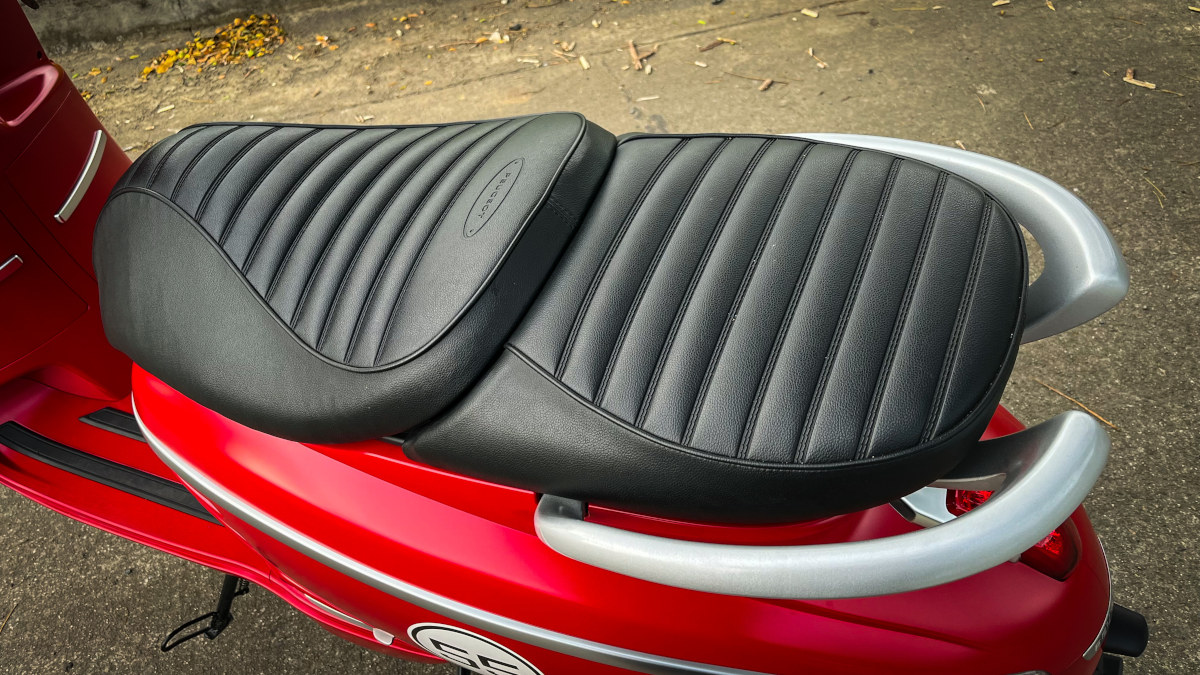 PHOTO BY Leandre Grecia
PHOTO BY Leandre Grecia
I mentioned earlier how comfy and practical the seat (or seats) are. The material is soft, it provides excellent cushioning, and there’s plenty of space whether for the rider or the backride. My pillion had no complaints whatsoever even after a grueling night ride from Quezon City to Manila.
Perhaps one important thing to note here is that the bulky seat can make straddling the scooter a bit difficult. If you’re five-foot-five like me, you’ll find that you’d have to move a bit forward to properly put both of your feet down. Not that it’s an issue since that’s particularly easy to do with a scooter, but it’s something short or beginner riders should take into consideration before hopping on the saddle.
Engine performance
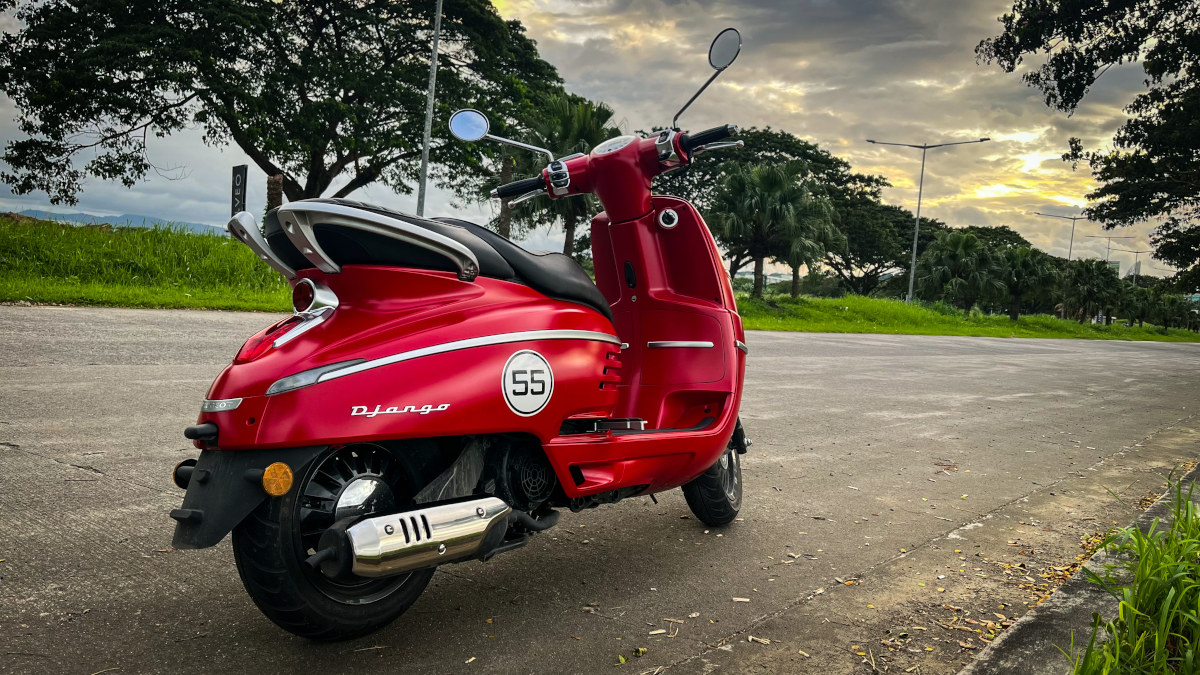 PHOTO BY Leandre Grecia
PHOTO BY Leandre Grecia
The Django 150 is propelled by a 150.6cc air-cooled, single-cylinder engine capable of 11.3hp at 8,000rpm and 11.2Nm of torque at 6,000rpm. It’s a pretty punchy powertrain. Dragging isn’t too noticeable, and the scooter can reach highway speeds in a jiffy. It’s quicker than I expected, to be honest, and it’s easily capable of cruising at speed.
I managed to get a solid 32km/L after some spirited riding and some weaving through heavy traffic. It’s really not that impressive when you compare it with other scooters in this segment, but it’s also just about what I expected given its size.
Ride and handling
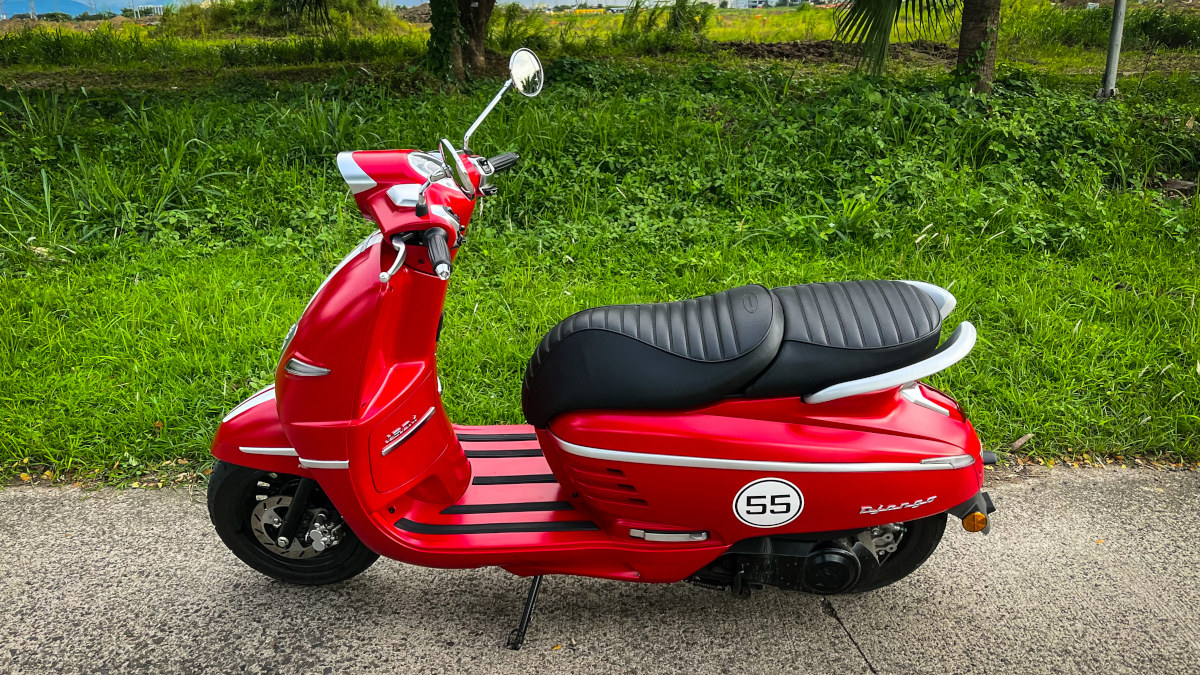 PHOTO BY Leandre Grecia
PHOTO BY Leandre Grecia
The biggest surprise I got from the Django 150 was its handling. Don’t let the retro looks deceive you—this is a rather sporty scooter. Not only is it quick, but it’s also very agile. The dual disc brakes and the ABS up front give you a lot of confidence to go hard on the throttle, too.
The Django also offers a pretty comfortable ride. The vibrations may be significant on the handlebar, but the suspension—especially the rear—does an excellent job of absorbing road bumps. Pillion riders are going to appreciate that a lot.
I do have a few gripes from the rider’s standpoint, however. The side mirrors are really small, and no matter how much I adjust them, it’s just hard to find the optimal positioning. The controls on the handlebar are a bit far from the grips. It’s really not ergonomic, as some switches can be hard to reach for someone with average-sized hands like mine. These might be small nitpicks, but they’re hard not to notice when you’re riding this thing daily for a week.
Extra features
 PHOTO BY Leandre Grecia
PHOTO BY Leandre Grecia
The scooter may be retro, but it still has its share of amenities. The analog speedometer is paired with a small digital display that shows the fuel gauge, single trip meter, ambient temp, and time. It’s simple yet very helpful.
The Django’s other quirks come with its design. Right at the end of the massive floorboard there are two small compartments. One has the fuel-tank opening with a nice lid holder to boot, making it very easy to gas up. The other is a small pocket to fit stuff like small wallets or cards. I wouldn’t recommend putting a smartphone in the latter, though, as it could get shaken up inside that cubby.
The aforementioned floorboard is also pretty wide, so you can make good use of the scooter’s built-in hooks. The rubber strips also provide excellent grip while riding. Under the seat, you have a large compartment that can fit a small open-face helmet along with other small cargo. Just note that the storage is angled a bit, so your stuff might get thrown around if they aren’t secured properly inside.
Verdict
 PHOTO BY Leandre Grecia
PHOTO BY Leandre Grecia
Very few brands dare challenge the Vespa in the retro scooter category, especially in our market. That’s why bringing in the Peugeot Motocycles brand was quite a bold move from Motostrada. That said, I do believe these guys are onto something here.
At P205,000 for this specific colorway, the Django may be priced a bit steep, but if you compare it with what else is available in the premium segment, you’ll realize that it’s pretty reasonable. With that much, you get a very capable bike with a lot of quirks and character. More important, you get a scooter that has the potential to stand out in a space where it’s hard to stay original.
SPECS: Peugeot Django 150 2023
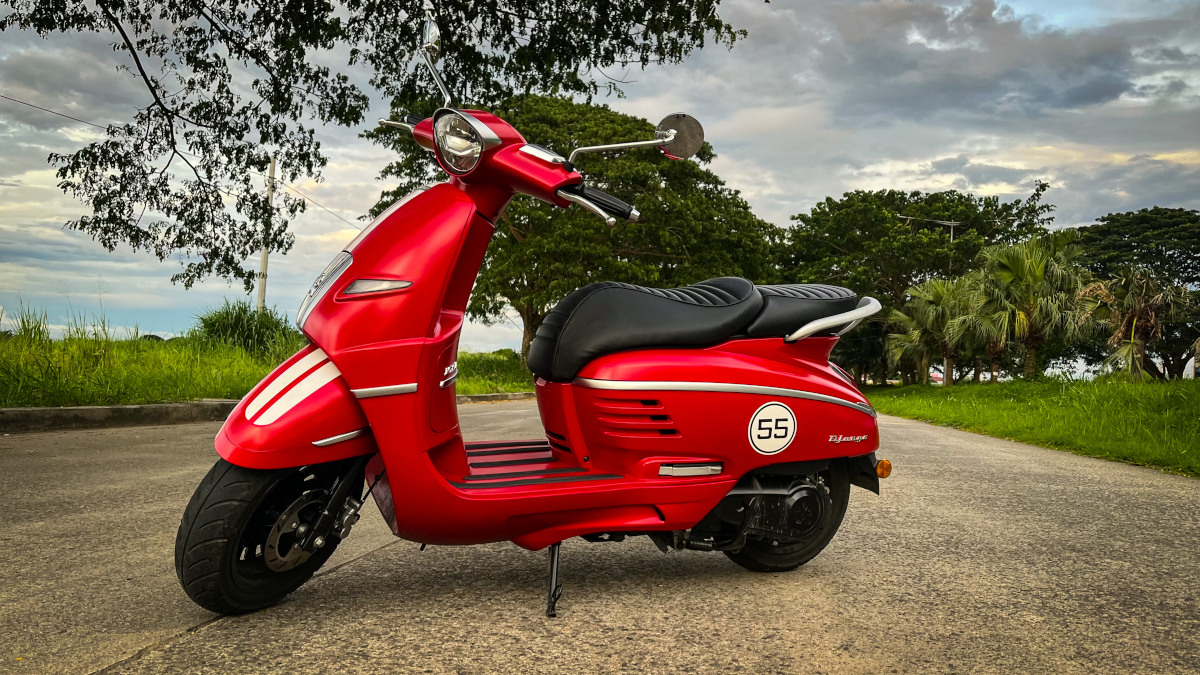 PHOTO BY Leandre Grecia
PHOTO BY Leandre Grecia
Price: P205,000Engine: 150cc air-cooled, single-cylinderTransmission: continuously variablePower: 11.3hp @ 8,000rpmTorque: 11.2Nm @ 6,000rpmSeat height: 770mm (30.3 inches)Score: 17/20
More photos of the Peugeot Django 150 2023:
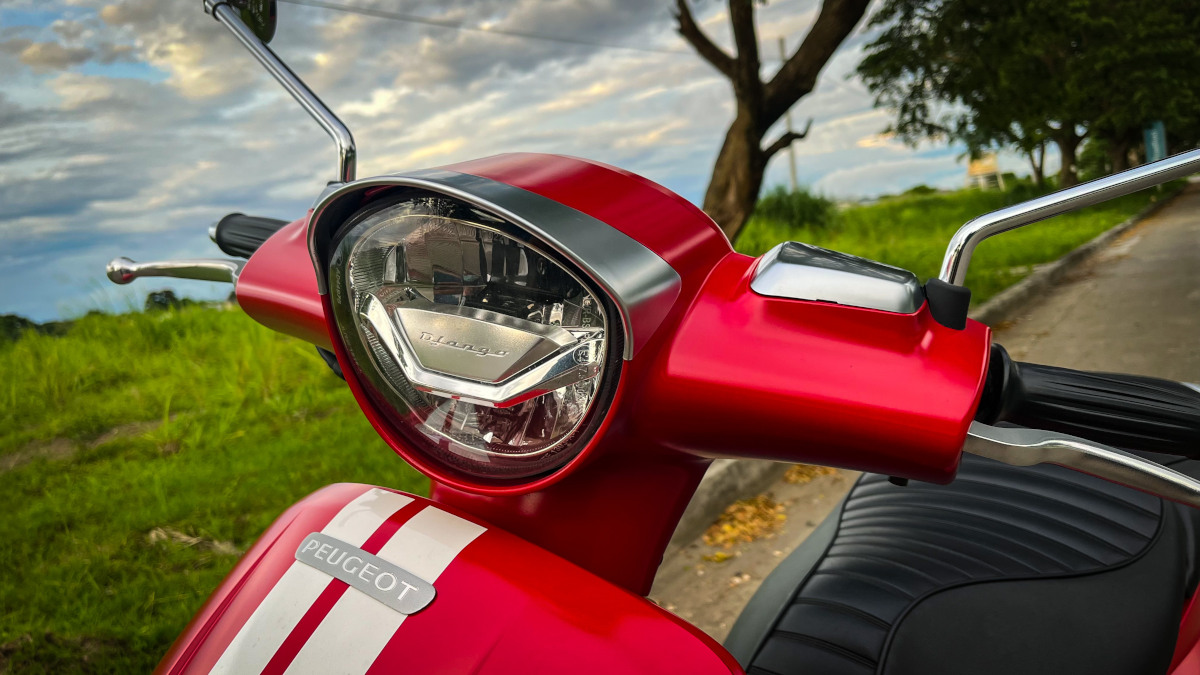 PHOTO BY Leandre Grecia
PHOTO BY Leandre Grecia
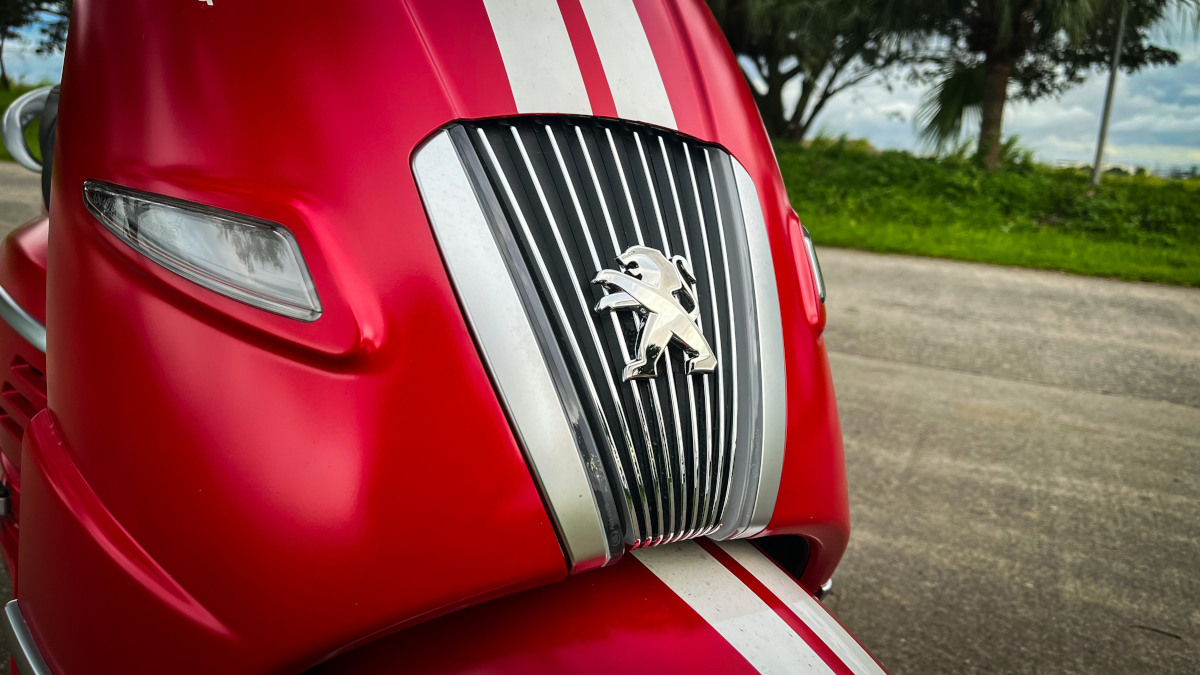 PHOTO BY Leandre Grecia
PHOTO BY Leandre Grecia
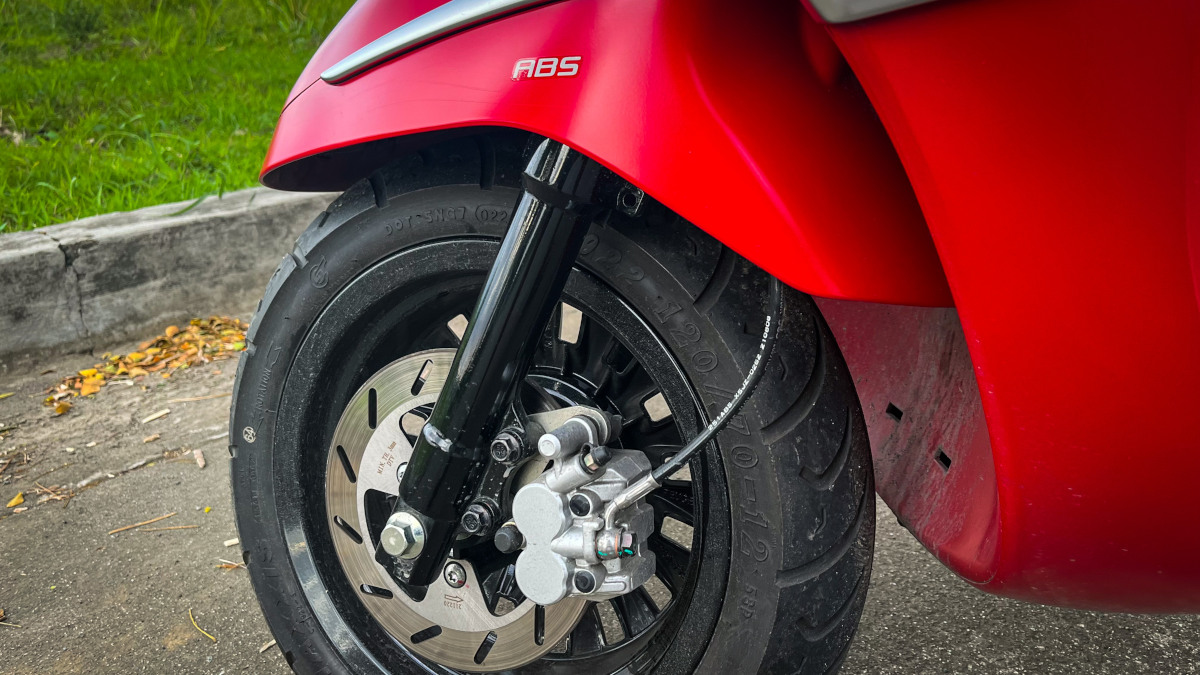 PHOTO BY Leandre Grecia
PHOTO BY Leandre Grecia
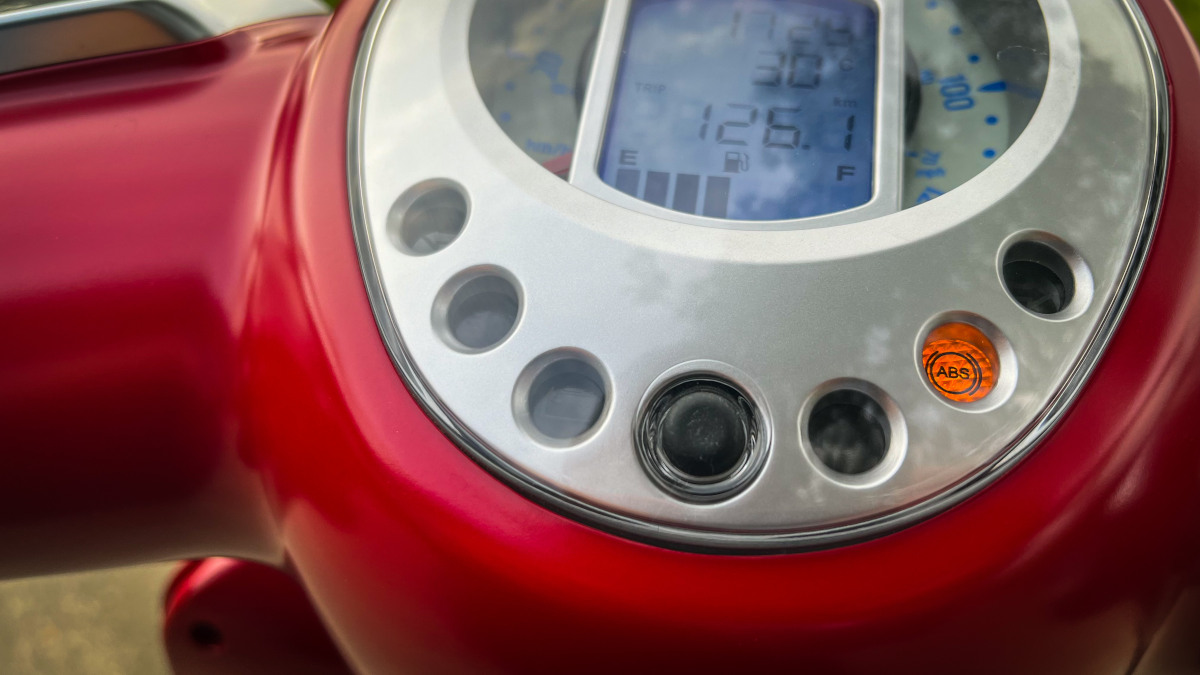 PHOTO BY Leandre Grecia
PHOTO BY Leandre Grecia
 PHOTO BY Leandre Grecia
PHOTO BY Leandre Grecia
 PHOTO BY Leandre Grecia
PHOTO BY Leandre Grecia
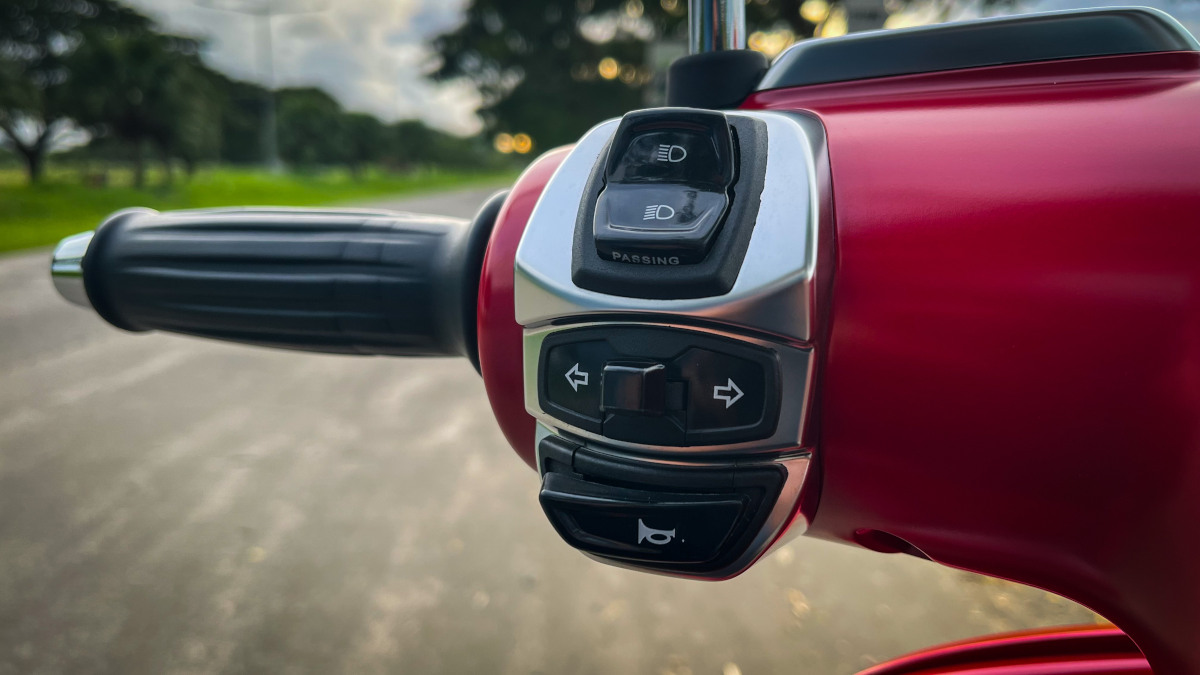 PHOTO BY Leandre Grecia
PHOTO BY Leandre Grecia
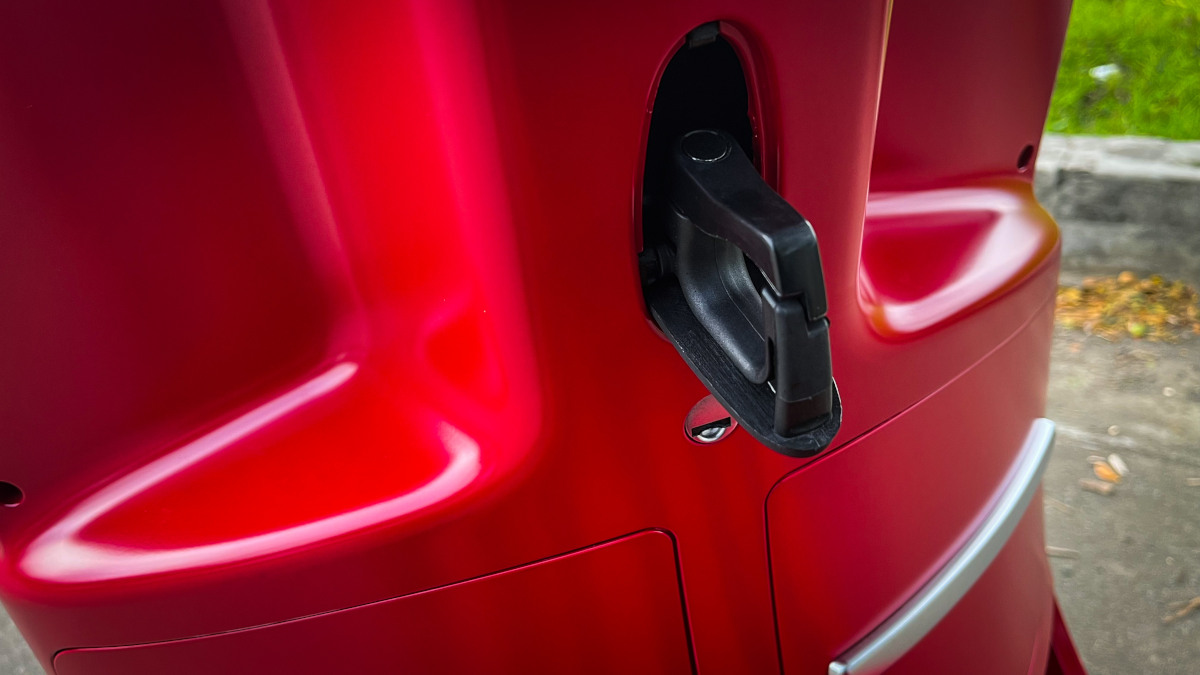 PHOTO BY Leandre Grecia
PHOTO BY Leandre Grecia
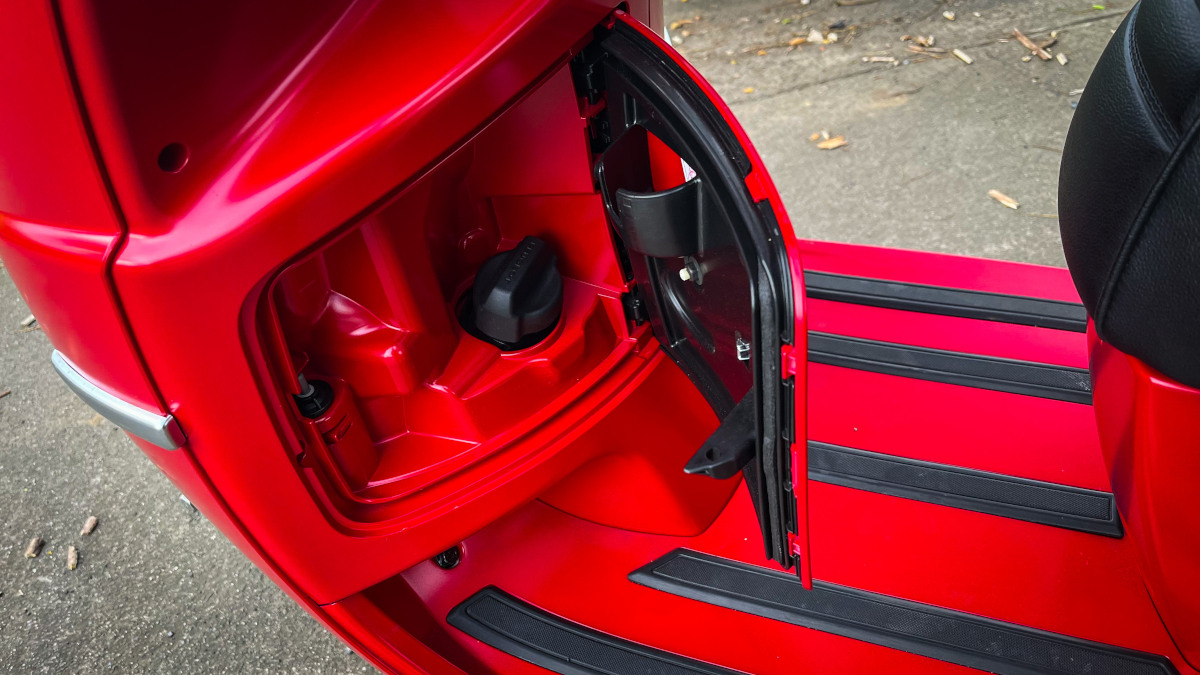 PHOTO BY Leandre Grecia
PHOTO BY Leandre Grecia
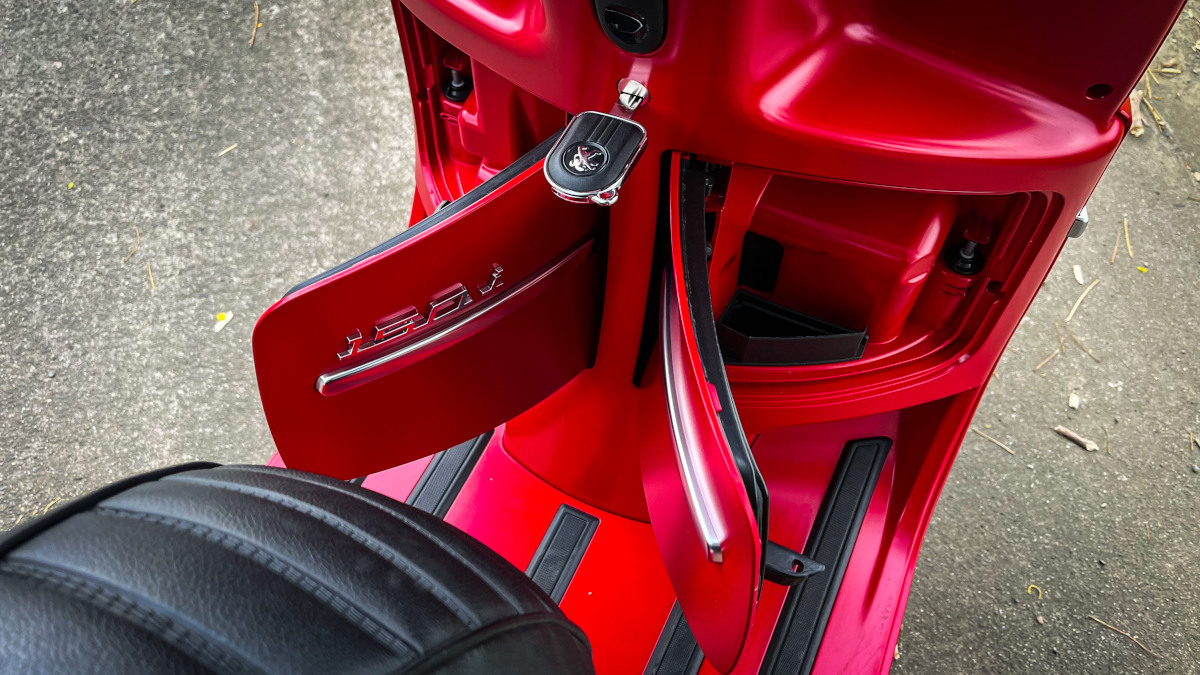 PHOTO BY Leandre Grecia
PHOTO BY Leandre Grecia
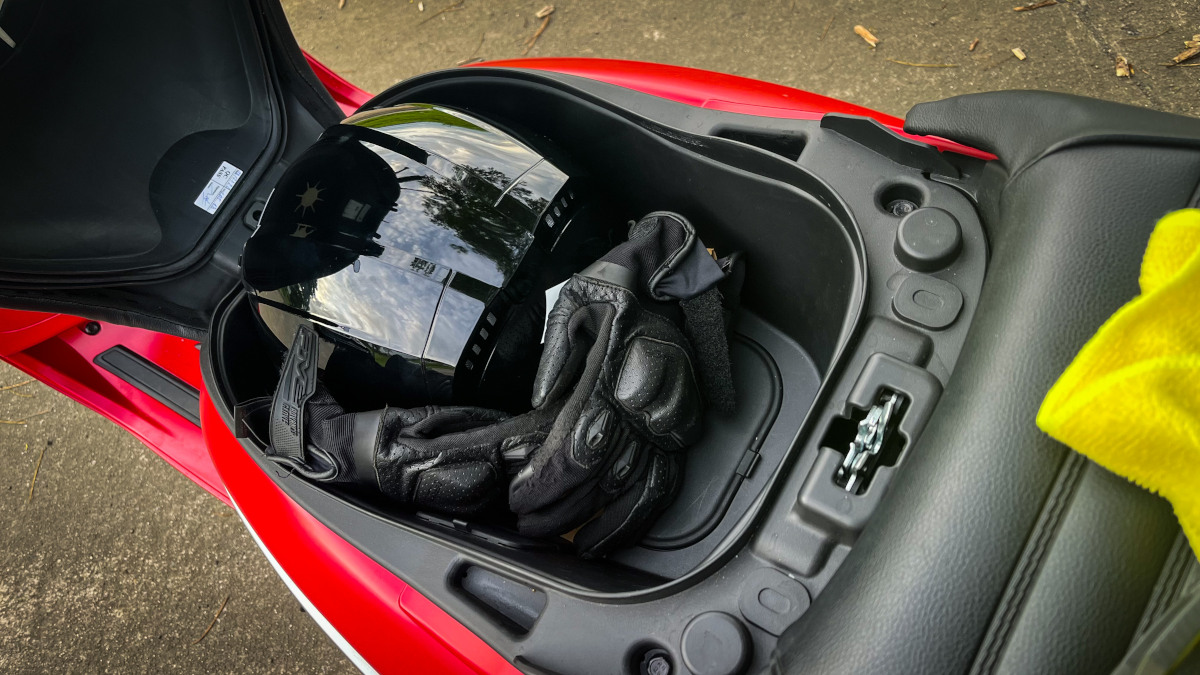 PHOTO BY Leandre Grecia
PHOTO BY Leandre Grecia
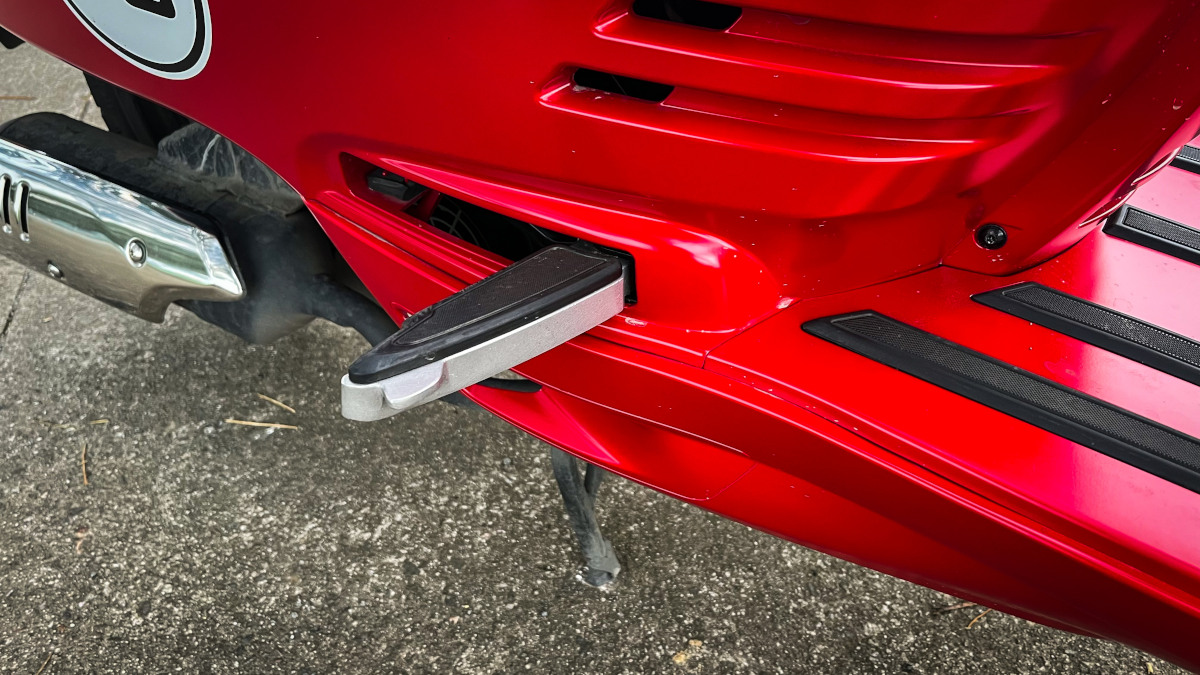 PHOTO BY Leandre Grecia
PHOTO BY Leandre Grecia
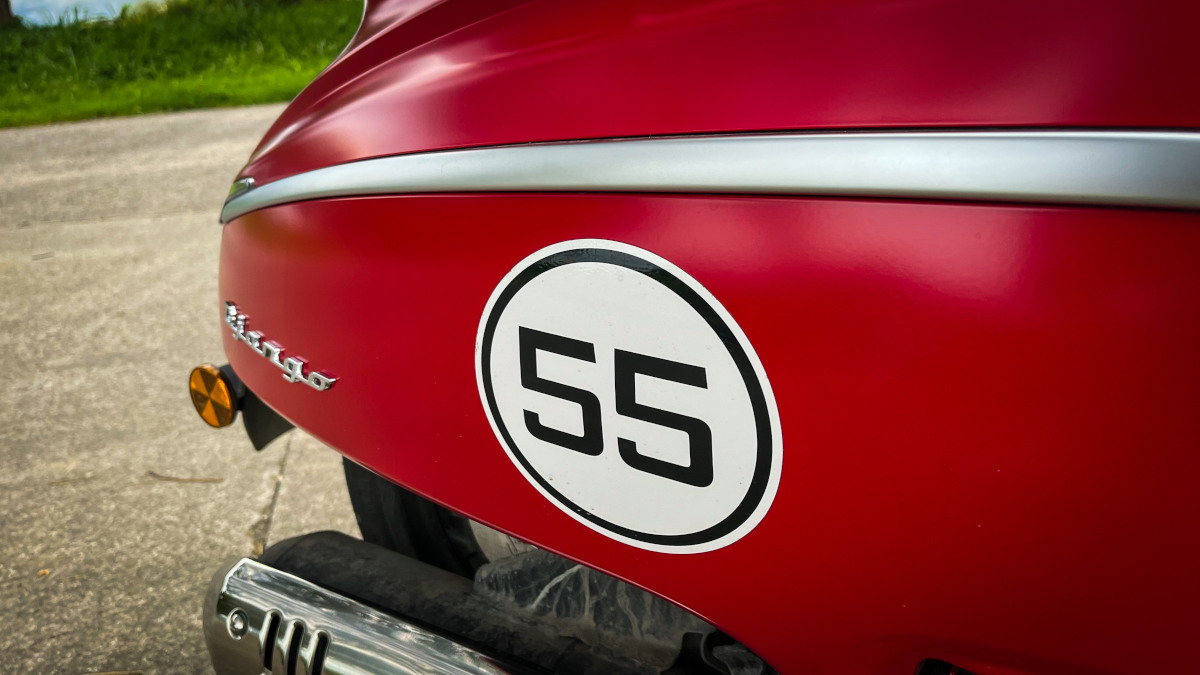 PHOTO BY Leandre Grecia
PHOTO BY Leandre Grecia
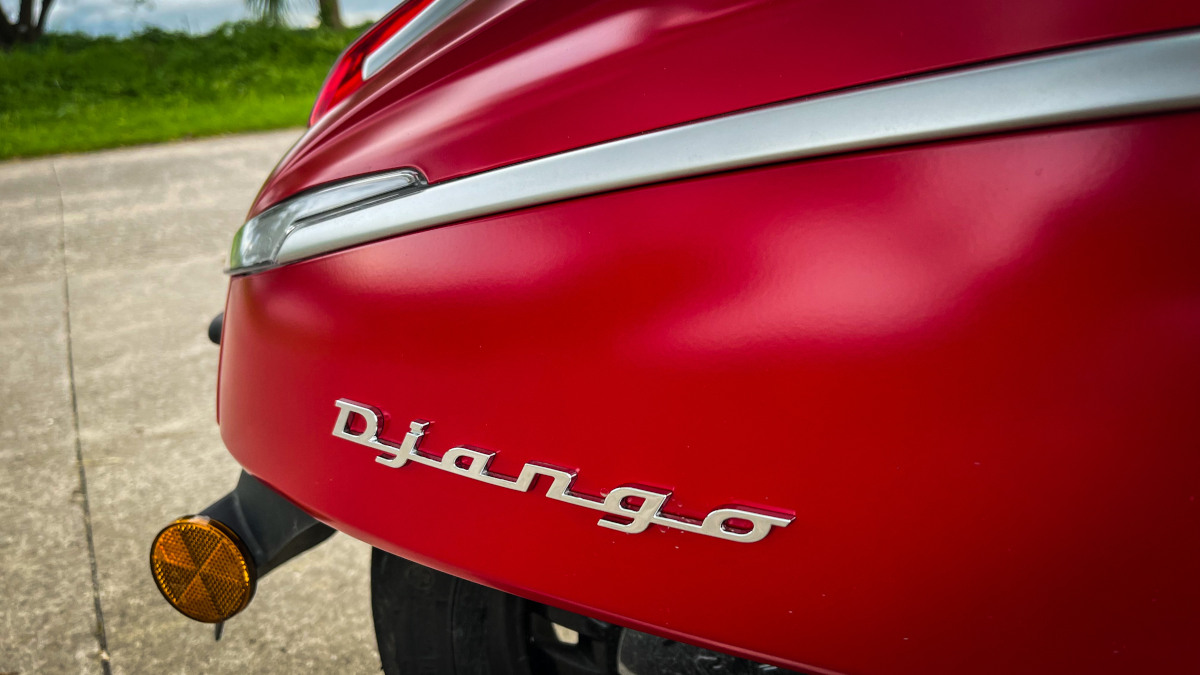 PHOTO BY Leandre Grecia
PHOTO BY Leandre Grecia
 PHOTO BY Leandre Grecia
PHOTO BY Leandre Grecia


